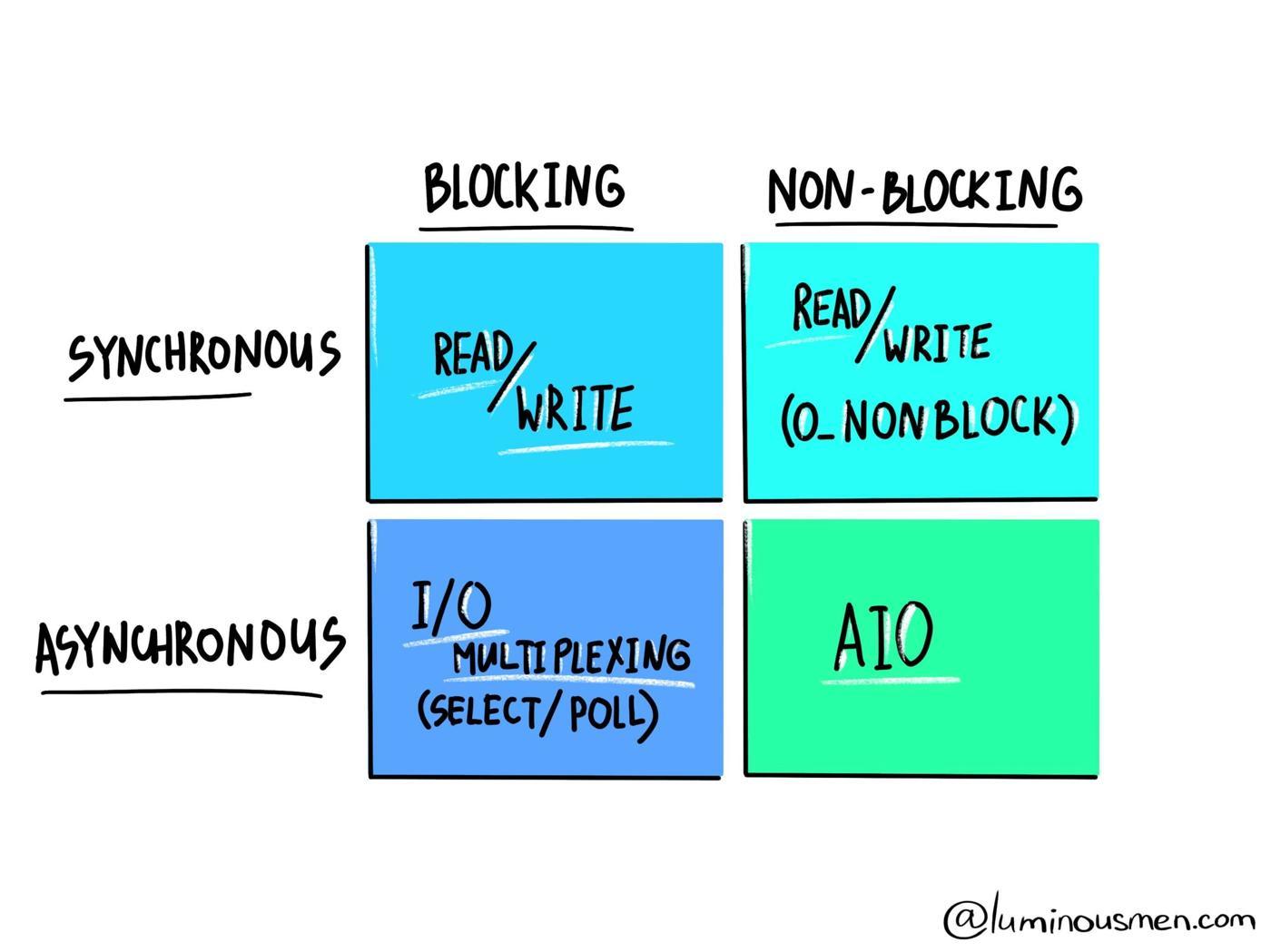We are all aware of how APIs connect different devices and applications and allow us to place an order, book a flight, or make a reservation.
Since software products are becoming more and more about a bunch of micro-services and third-party APIs mashed together, it is critical to get their structure in order. Plus, as the number of APIs continues to rise, the lack of global API standard risks slowing down innovation and limiting collaboration.
That’s where specification comes in the picture.
An API specification is a document that describes an API.
It is stored in a machine-readable form such as JSON or a YAML file and can be converted to human-readable API documentation.
What is Swagger and OpenAPI Specification?
Swagger is a tool for designing, building, documenting, and mocking APIs. It uses the OpenAPI Specification (also known as OAS) to describe requests, responses, and any other details about your RESTful APIs.
(RESTful APIs enable web applications that are built on various programming languages to communicate with each other.)
Swagger and OpenAPI specification lets developers design and develop REST APIs seamlessly and effortlessly. These specifications help in describing the structure of a REST API so that machines can read and mock them.
For instance, to access a REST service, the client needs to know the REST API of that particular service. You would also need to write the code according to that documentation.
With OpenAPI, this step is automated.
There exists a machine parse-able file that explains to computers how a REST API works. It tells code what replies to expect and what requests exist. To quote from the OpenAPI description:
“The OpenAPI Specification (OAS) defines a standard, language-agnostic interface to RESTful APIs. This can be used by documentation generation tools to display the API, code generation tools to generate servers and clients in various programming languages, testing tools, and many other use cases.”
. . .
Developing APIs with Swagger and OpenAPI
The Swagger toolset includes a mix of open source, free, and commercial tools, which can be used at different stages of the API lifecycle while using OpenAPI spec.
These tools include:
- Swagger Inspector: API testing tool that generates OpenAPI definitions from an existing API and lets you validate your APIs.
- SwaggerHub: API design and documentation, built for teams working with OpenAPI.
- Swagger Editor: Swagger Editor lets you preview documents in real-time, and edit OpenAPI specifications in YAML inside your browser.
- Swagger UI: Swagger UI is a collection of CSS, Javascript and HTML, and assets that dynamically generate beautiful documentation from an OAS-compliant API.
And others…..
For instance,
Writing your first specification?
You can use editor.swagger.io which loads petstore samples.

The left side shows OpenAPI specification and the right side shows OpenAPI documentation which is generated based on spec. Initially, developers used to create documentation from the code.
Adding a step of specification while creating an API helps in sharing it with different teams who are going to work on these APIs or use these APIs in their application. That’s when the design and documentation of APIs come in handy.
So if you have an OpenAPI implementation and an OpenAPI description file of a REST API, you can feed that description file to the OpenAPI implementation.
And this implementation now knows how to use the REST API, it can even auto generate code to use the REST API in different languages or can generate human readable documentation for you.
. . .
Why OpenAPI Spec for developers?
As shown above, many developers find it valuable to work with a specification to automatically generate and improve their documentation, as this improves consistency and saves time.
Also, it enhances the developer experience as it makes it easier to try out and explore an API. As it helps other developers to consume your API, and having a well defined/documented API will have a great impact on it. You can focus on the API consumers need beforehand.
Secondly, it enables independence between teams, e.g, QA, Backend, and Frontend engineers know how the API is supposed to do, so they are all aligned on it.
Removing these dependencies speeds up the release process because different teams can do their tasks at a much faster pace.
Conclusion:
The OpenAPI Initiative is part of the Linux Foundation, which makes it a bit more trustworthy and at least looks like it won’t go away soon.
Whereas, Swagger tools are convenient because you can manage files in the repository and send it out as specifications with one command.
Whatever your approach to building APIs, we can help you in having a trusted and consumer friendly tool to orchestrate your API lifecycle, which can be a crucial game changer in your application development.




























